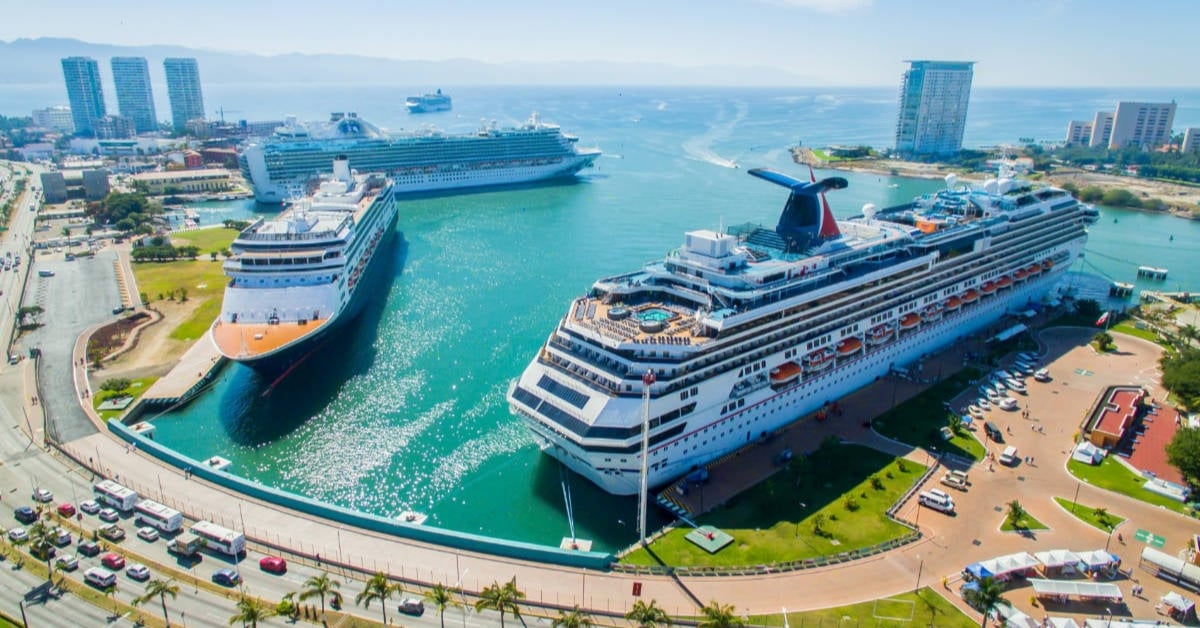Mexico’s cruise tourism soars in 2025 with record arrivals. Discover how Puerto Vallarta is preparing to stay competitive as ships and passenger counts grow . . .


Mexico’s cruise tourism soars in 2025 with record arrivals. Discover how Puerto Vallarta is preparing to stay competitive as ships and passenger counts grow . . .
